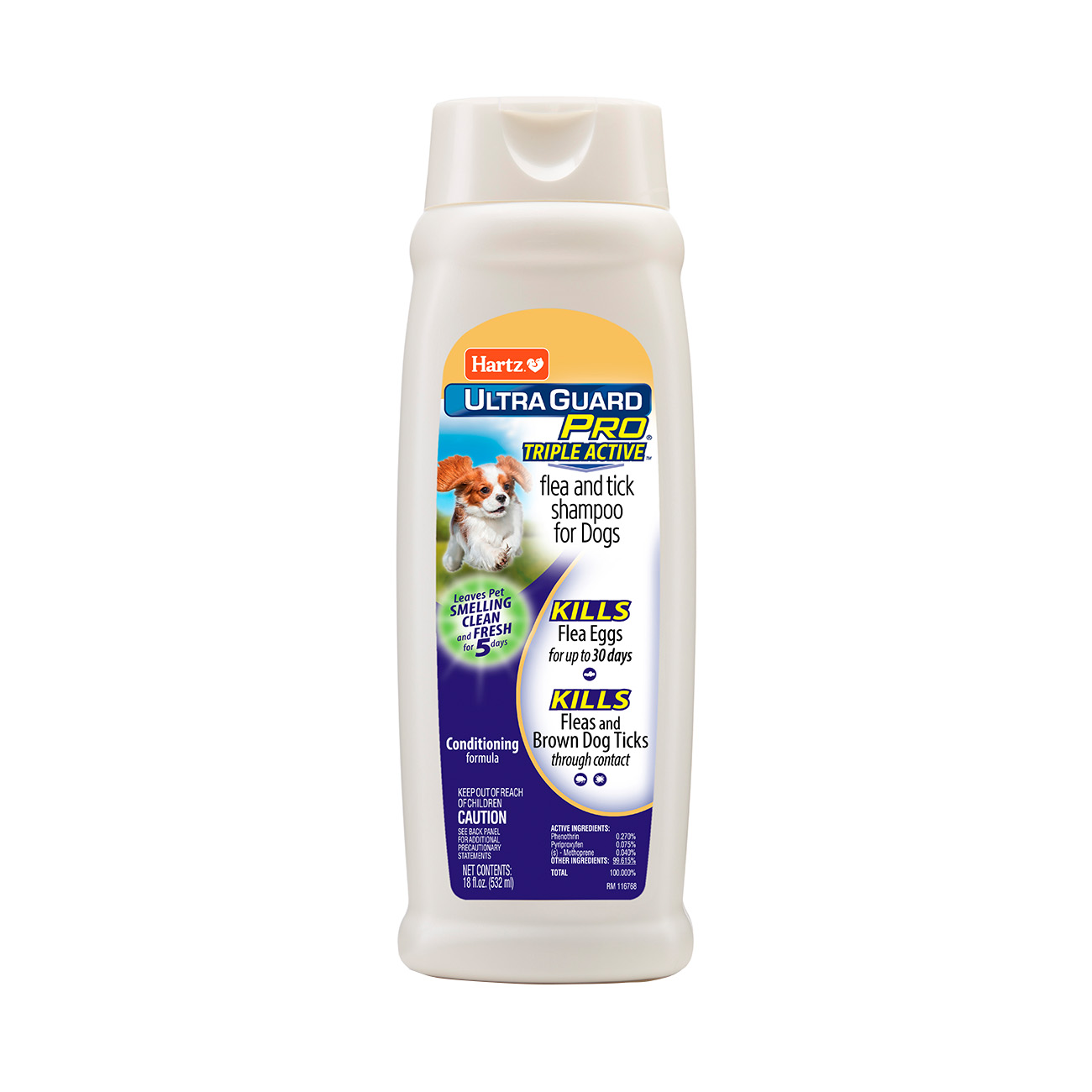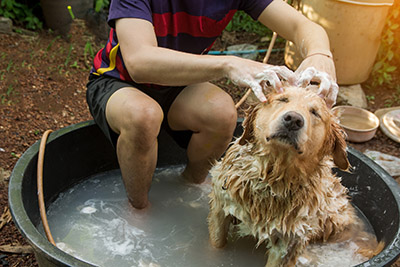As a responsible pet owner, one of the essential tasks is maintaining your furry friend’s hygiene. A common question that often arises is, “How often do you shower a dog?” Proper grooming not only keeps your dog looking their best but also contributes to their overall health and well-being.
In our comprehensive guide, we will delve into the factors that determine the frequency of bathing your dog, including their breed, coat type, and lifestyle. Understanding these aspects will help you establish a suitable bathing schedule to keep your canine companion clean and comfortable.
Whether you have a water-loving Labrador or a hairless Chinese Crested, knowing the ideal bathing routine is crucial for maintaining their skin and coat in top condition. Join us as we explore the ultimate guide to canine cleanliness and ensure your dog stays fresh and happy!
Introduction to Canine Cleanliness
Canine cleanliness is crucial not only for the hygiene of your furry friend but also for their overall health and well-being. **Regular bathing** is a fundamental aspect of maintaining your dog’s cleanliness.
The Benefits of Regular Bathing
Bathing your dog helps eliminate dirt, debris, and odors, keeping their coat and skin healthy. It also prevents skin infections and parasites, ensuring your dog stays comfortable and happy.
How Often Should You Bathe Your Dog?
The frequency of bathing depends on various factors such as **breed, coat type, and lifestyle**. In general, most dogs benefit from a bath every 4-6 weeks, but some may need it more often. Consult with your vet to determine the ideal bathing schedule for your dog.

Importance of Regular Dog Bathing
Regular dog bathing is crucial for maintaining your furry friend’s overall health and hygiene. Just like humans, dogs need to be cleaned regularly to prevent skin issues, infections, and unpleasant odors. Bathing also helps in removing dirt, dust, and parasites that may be hiding in their fur.
Prevention of Skin Problems
Regular baths help in keeping your dog’s skin clean and free from irritants that can cause itching, rashes, or infections. Proper grooming also allows you to check for any lumps, bumps, or unusual skin conditions that may require veterinary attention.
Control Odors and Shedding
Bathing your dog can help control unwanted odors and reduce shedding by removing loose fur and dirt that accumulate in their coat. This also makes your dog more pleasant to be around and maintains a clean environment in your home.
Finding the Right Bathing Frequency
When it comes to bathing your beloved furry friend, knowing how often do you shower a dog can greatly impact their overall health and cleanliness. Determining the right bathing frequency depends on various factors, including your dog’s breed, lifestyle, and skin condition.
Factors to Consider
Each dog breed has different needs when it comes to bathing. Breeds with oily coats, like Basset Hounds, may need more frequent baths, while breeds with water-repellent coats, such as Labradors, may require fewer baths. Additionally, a dog’s activity level and exposure to dirt and allergens can influence bathing frequency.
General Guidelines
As a general rule of thumb, most dogs benefit from a bath every 4 to 6 weeks. However, some dogs with skin issues may require more frequent baths with medicated shampoos as per the veterinarian’s recommendation. Over-bathing can strip the natural oils from your dog’s skin, leading to dryness and irritation.
- Short-Haired Dogs: Short-haired breeds typically require less frequent baths unless they get exceptionally dirty.
- Long-Haired Dogs: Dogs with long coats may need more frequent grooming and baths to prevent matting and tangles.
- Active Dogs: Dogs that enjoy outdoor activities may need more frequent baths to remove dirt and prevent skin infections.

Factors Influencing Bathing Frequency
When considering how often do you shower a dog, several factors come into play that influence the frequency of bathing your furry friend.
1. Coat Type
The type of coat your dog has plays a significant role in determining bathing frequency. Dogs with oily coats might need more frequent baths compared to those with short hair.
2. Activity Level
The activity level of your dog also impacts bathing needs. Dogs that love to roll in mud or participate in outdoor activities might need more baths to keep them clean and fresh.
:strip_icc()/Spruce-Pets-best-dog-pools-4156478-9a5f665b0d43424e90f5db58e320fe14.jpg)
Best Practices for Dog Showering
Regular bathing is crucial to a dog’s health and hygiene. But how often do you shower a dog? The frequency depends on several factors such as breed, activity level, and coat type.
Choosing the Right Shampoo
Always opt for a dog-specific shampoo to avoid skin irritation. Look for formulas that cater to your dog’s specific needs, such as sensitive skin or shedding control.
Ensure the shampoo is thoroughly rinsed out to prevent skin issues emphasizing the importance of proper cleansing.
Proper Bathing Technique
Start by brushing your dog to remove any tangles or matting. Use lukewarm water and wet your dog thoroughly before applying shampoo.
- Massage the shampoo gently into your dog’s coat, avoiding the eyes and ears.
- Rinse thoroughly to prevent skin irritation.
- Dry your dog with a towel or a hairdryer on a low setting.
Common Mistakes to Avoid
When it comes to showering your furry friend, there are a few common mistakes to avoid to ensure their well-being and cleanliness.
Over-Showering Your Dog
One common mistake is over-showering your dog. While regular baths are essential for hygiene, excessive bathing can strip away the natural oils from your dog’s skin, leading to dryness and irritation.
Using Human Shampoo
Another mistake to avoid is using human shampoo on your dog. Human shampoos have a different pH level than dog shampoos and can cause skin issues for your furry friend. Always use a shampoo specially formulated for dogs.
Skipping Drying Time
Skipping the drying time after a bath is also a common mistake. Leaving your dog with a wet coat can lead to skin infections. Ensure to thoroughly dry your dog, especially in colder months.
Tips for Making Bath Time Enjoyable
Making bath time enjoyable for your dog is crucial for their overall well-being. By following some simple tips and tricks, you can turn bath time into a fun and positive experience for both you and your furry friend.
Choose the Right Products
Using dog-specific shampoos and conditioners can make a big difference in your dog’s bathing experience. Look for products that are gentle on your dog’s skin and coat, and avoid ingredients that may cause irritation.
Start Slow and Positive
Introduce your dog to the bath slowly, allowing them to sniff and explore the bathtub before starting the water. Use treats and praise to create a positive association with bath time.
Make it Fun and Rewarding
During the bath, engage your dog with their favorite toys or treats. Keep the atmosphere light and positive to help alleviate any stress or anxiety your dog may feel.
Dry Thoroughly and Reward
After the bath, make sure to dry your dog thoroughly using a towel or blow dryer on a cool setting. Reward your dog with more treats and praise for good behavior during the bath.
Frequently Asked Questions
- How often should I shower my dog?
- The frequency of bathing a dog depends on their breed, coat type, and activities. In general, most dogs benefit from a bath every 1-3 months. However, some breeds may require more frequent bathing while others can go longer without a bath.
- How do I know when my dog needs a bath?
- Signs that your dog may need a bath include a strong odor, visible dirt or debris in their coat, itching or skin irritation, or a greasy coat. Regular brushing can help keep your dog clean between baths.
- Should I use human shampoo on my dog?
- No, human shampoo should not be used on dogs as it can disrupt the pH balance of their skin and cause irritation. Always use a dog-specific shampoo that is formulated for their coat type and skin needs.
- How can I make bath time less stressful for my dog?
- To make bath time more enjoyable for your dog, introduce them to bathing gradually, use treats and positive reinforcement, ensure the water temperature is comfortable, and use a gentle touch while bathing. It can also help to create a calm and inviting bath environment.
- Can I bathe my dog too frequently?
- Yes, bathing your dog too frequently can strip their coat of natural oils, leading to dry skin and coat issues. It is important to find a balance in bathing frequency based on your dog’s specific needs.
Final Thoughts on Canine Cleanliness
Understanding how often to shower your dog is essential for their well-being and hygiene. While there is no one-size-fits-all answer, factors like breed, activity level, and coat type play a role in determining the frequency of baths. Generally, bathing your dog every 4-6 weeks is a good starting point, but be sure to monitor their individual needs. Remember, over-bathing can strip their coat of natural oils, leading to skin issues.
Always use dog-specific shampoo, groom regularly, and consult your veterinarian for guidance if needed. By maintaining a proper bathing schedule and hygiene routine, you can ensure your furry friend stays healthy, clean, and happy!



